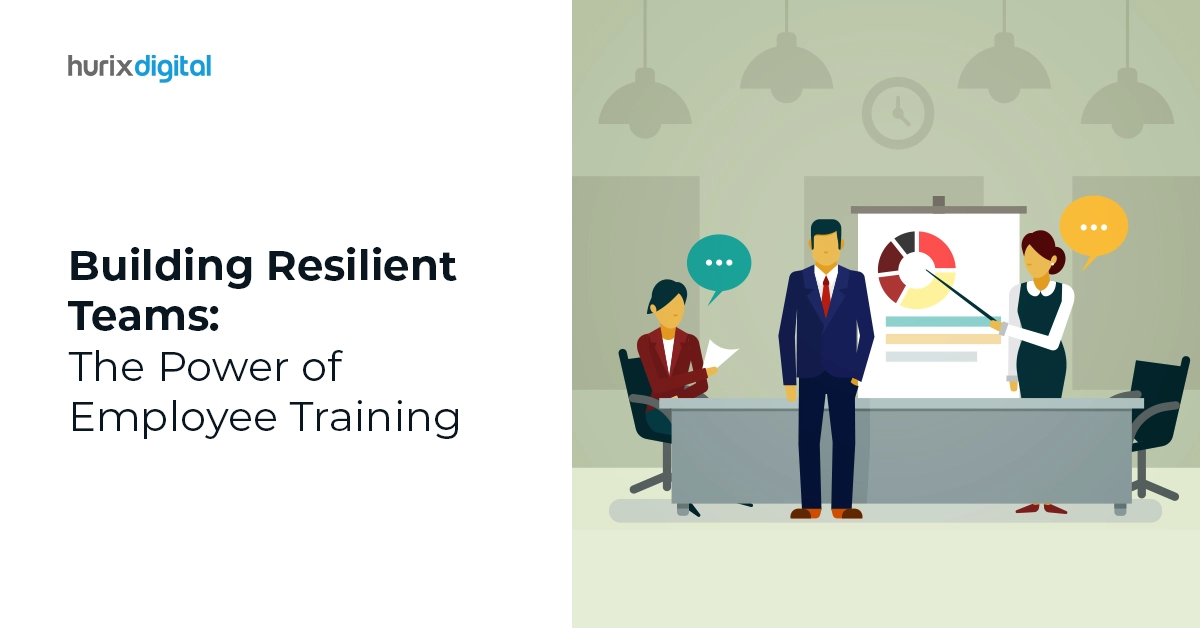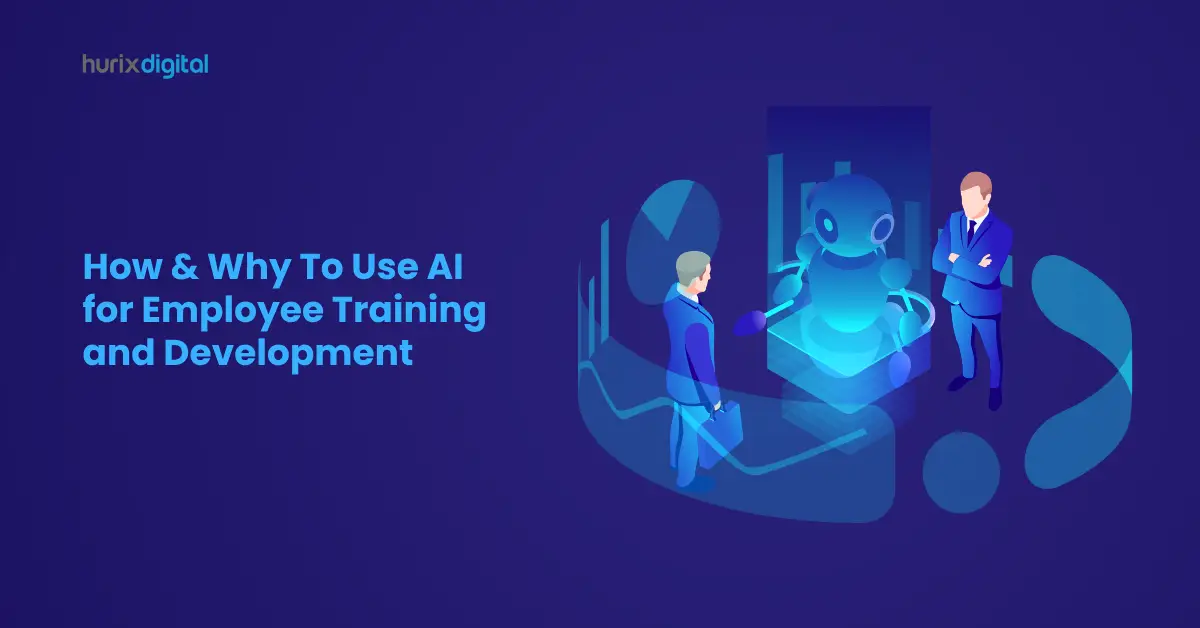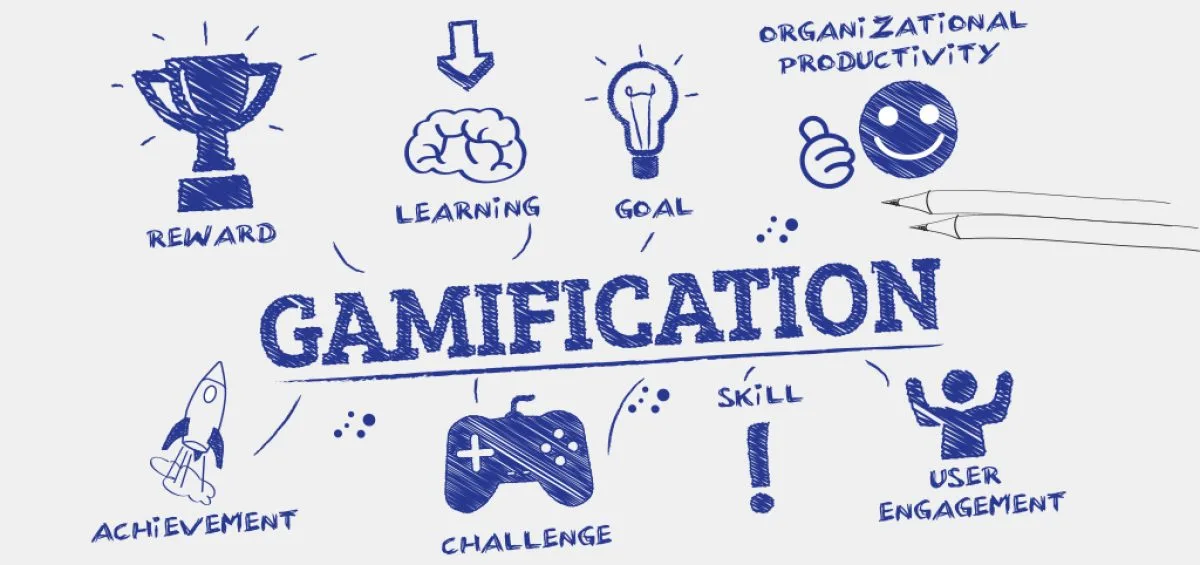If the learning process is dull, employees will not be able to gain the skills and knowledge to perform in real-life scenarios. Learning no longer means memorization or passing of information from the teacher to the taught. Learning, and more specifically in the enterprise context, is more about gaining first-hand experience, knowledge, and skills to solve real-life problems. And game-based learning helps to achieve just that. So how do we learn through games? Here, it is important to point out that game-based learning is different from games – while games are just for fun and relaxation, game-based learning refers to games that enhance instructional strategy with the aim to increase engagement, motivation, and participation in learning activities. Game-based learning enables learners to experiment, analyze and progress by trial and error, and along the way, learn what they should do and what they should avoid doing. And as the mind is trained, it deciphers how the new system works and learners are able to climb to the next level of the ladder.
Game-based learning is the new buzzword in enterprise training. A report by US-based learning technology market research firm Metaari shows that game-based learning services and products are expected to grow at a robust CAGR of 37.1% and revenues more than quadruple to reach well over $17 Bn by 2023.
Further, the corporate segment will see the maximum rise in demand, driven by the booming demand for pre-employment assessment and evaluation games.
While game-based learning has already taken root in healthcare and defense, it is slowly and steadily spreading its tentacles to other industries as well.
Table of Contents:
Advantages of Game-Based Learning:
1. Greater Motivation: Perhaps the greatest challenge for trainers worldwide is to keep the employees motivated. Game-based learning stimulates interest, fights boredom, creates context and urges learners on from one level to the next. Gamification takes away the stress of a typical classroom and promotes positive learning, leading to better retention. It also includes a reward system that provides employees with instant gratification, motivating them to move up to the next level.
2. Builds Non-Cognitive Skills: Game-based learning helps to develop non-cognitive skills such as patience, motivation, self-control, and perseverance, which are just as important as intelligence in fulfilling job responsibilities effectively.
3. Brings Out Collective Potential: It is rightly believed that humans perform better in networks than in silos. Besides harnessing the collective wisdom of many, games also reduce the risk of communal grouping by fostering development, interaction, collaboration and engagement between team members, thereby promoting collective intelligence and developing social skills.
4. Enables Learners to Judge their Individual Potential in a Wider Group: In game-based learning, employees can understand where they stand among their peers. Learners can also challenge one another on various subjects and understand their own potential viz a viz their team members.
5. Build Empathy: One of the many purposes of game-based learning is to encourage empathy and create an experience that helps employees gain a sense of mastery and retain autonomy at work while maintaining their well-being and healthy relationships with their team members.
6. Provide an Engaging Experience: Gamification makes learning more meaningful by breaking down concepts into bite-sized chunks or micro-nuggets. In a world of endless diversions and dwindling attention spans, enterprises can make learning more engaging by designing content in small and very specific nuggets or micro bites. Games help to cut training into small sessions, allowing learners to respond positively. Besides, they can be personalized to offer to learn to employees on areas where they are not performing well.
7. Add Transparency to the Organizational Culture: Gamification in enterprise training sets goals for the employees, and these goals can be tied to corporate goals. When employees see their performance in games they know it is objective and fair. So, game-based learning results in greater transparency, thus, changing the culture and the way performance is viewed and managed.
8. Reduce Chances of Failure in the Real World: Game-based learning resembles the real marketplace, which means enterprises can benefit from allowing their employees to learn by trial and error in virtual game-based settings rather than make mistakes in the real-world. Employees trained extensively through game-based learning avoid traps and pick up crucial tips and are less likely to fail in the real world.
Related: Things You Must Consider Before Selecting an eLearning Company
Convinced about the benefits of game-based learning for enterprises?
Here are some factors to consider on how to set up effective game-based learning for your enterprise:
How to setup effective game-based learning for your enterprise:
- Define Your Objectives: Do a needs analysis to understand what you wish to achieve through game-based learning. The analysis can include both employee skill upgradation and organizational goals.
- Design Relevant Content: To illustrate with an example, you may wish to train your employees to perform a repair procedure with the help of a specific model of high-voltage equipment. A game-based learning module will help your employees train in a simulated environment. The best way to design content is to develop a story-based game to help your employees prepare for the real world.
- Identify Your Audience: Identity who would engage with your game-based learning. This will, in turn, help you identify the media elements you could use to support storytelling at each phase of the course. It is also a good idea to develop relevant characters for the game which your employees can identify with. Add to these characters exceptional visuals – emotions, actions, and perspectives – and you can provide them a more immersive learning experience. As users relate more with the characters, they will be motivated to participate with a purpose, and thus get a deeper understanding of the learning objectives of the game.
Related:Benefits of Investing in Custom eLearning Courses for your Enterprise
- Identify the Platform to Deliver Game-Based Learning: You may wish to deliver game-based learning for use on a web app, mobile app, desktop app or all of these.
- Select Between Single and Multiplayer Games: The single-player or multiplayer option needs to be aligned with your organizational training goals; the approach you choose will impact the design of the game.
- Decide the Right Gaming Scenario: Depending on your needs, you need to decide whether your game-based training is based on simulations, virtual reality or augmented reality.
- Include a Reward System: Make sure that your game-based training includes a reward system to motivate learners and incentivize them to improve their performance and move up to the next level of the game.
- Find the Right Company to Create Gamed-Based Training Modules: Choose a company that understands the importance of your learning needs and can create impressive game-based solutions that trigger productivity through an engaging approach and are in tune with your defined learning objectives and outcomes.
Related: LMS Vendors: How to Select the Right Vendor for your Goals
Conclusion:
When done right, game-based learning can add a whole new dimension to your learning, supplementing abstract knowledge with first-hand experience. It provides the opportunity to practice skills in a virtual or simulated environment, thus learning by trial and error and avoiding costly real-time mistakes, and incentivizing employees to better their skills and improve their productivity.
Related:
Gamification – The Secret Sauce for Employee Engagement?
12 Ways to Enhance Employee Engagement with Gamification
Everything You Must Know Before Selecting Gamification Services











